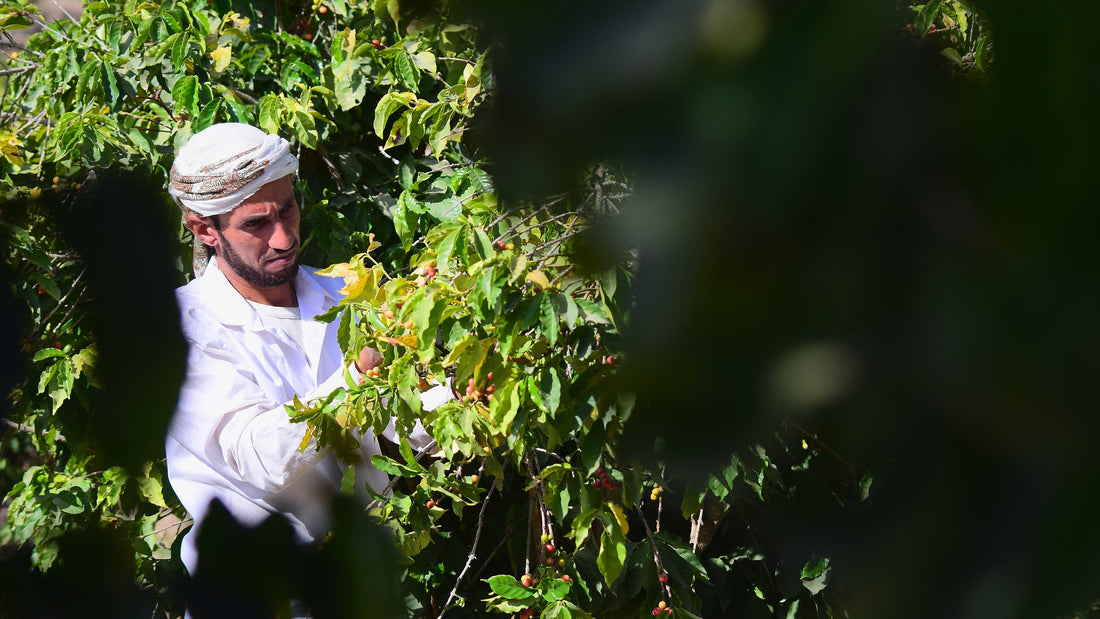
Port of Mokha Yemen
Share

Yemen has a coffee history that stretches back over 1,000 years, and The Espresso Lab proudly carries the most exclusive of lots from this origin. The first archaeological evidence of beverage coffee use was uncovered in the Yemeni city of Zabid, according to World Coffee Studies. Yemen began cultivating coffee in the 15th century to satisfy local demands. Yemeni Islamic Sufis started drinking coffee in 1450 to remain awake during late-night prayers. This resulted in the conversion of mountaintops into terraced hillsides and the creation of coffee-growing techniques. The tiny village of Mocha was the one to set up as a commercial port. The agriculture in the country is so unique that only 3% of the land is available for cultivation. The microclimate has resulted in drought-resistant coffee plants that produce very distinct, complex-tasting coffee beans with a famed signature chocolate taste.
The coffee is harvested between November and December and sun-dried. Plants are grown high and the beans are dried on picturesque Yemen coffee terraces. Yemeni coffee is well suited to the dry processing method due to its proximity to the sun at higher altitudes.
Yemen coffee retains a strong global market and demands premium rates due to its rarity. The taste profile is exotic, complex, and pungent, making it truly differentiating from other lots around the world. Yemen is also where the word “mocha” comes from. It is originally referred to as the city of Mocha on Yemen's Red Sea coast and is now most commonly associated with chocolate-flavored coffee drinks like the mocha latte.
Yemen coffees are inherently grown organically and sustainably, as they have been for centuries. It is the oldest form, as well as the easiest and most natural, making it intrinsically more cost-effective. The cherries are picked from the coffee trees and left to dry under natural sunlight. The smooth juicy cherry shrinks and turns dark brown until it becomes stiff to the touch. The precious beans remain after the surrounding fruit has been removed.
Smooth, earthy, and deep, these beans have a thick, winey acidity, with hints of cloves, cinnamon, and raisins, before finishing with a distinct chocolate note. This is often accompanied by woody or even tobacco upper tones.



